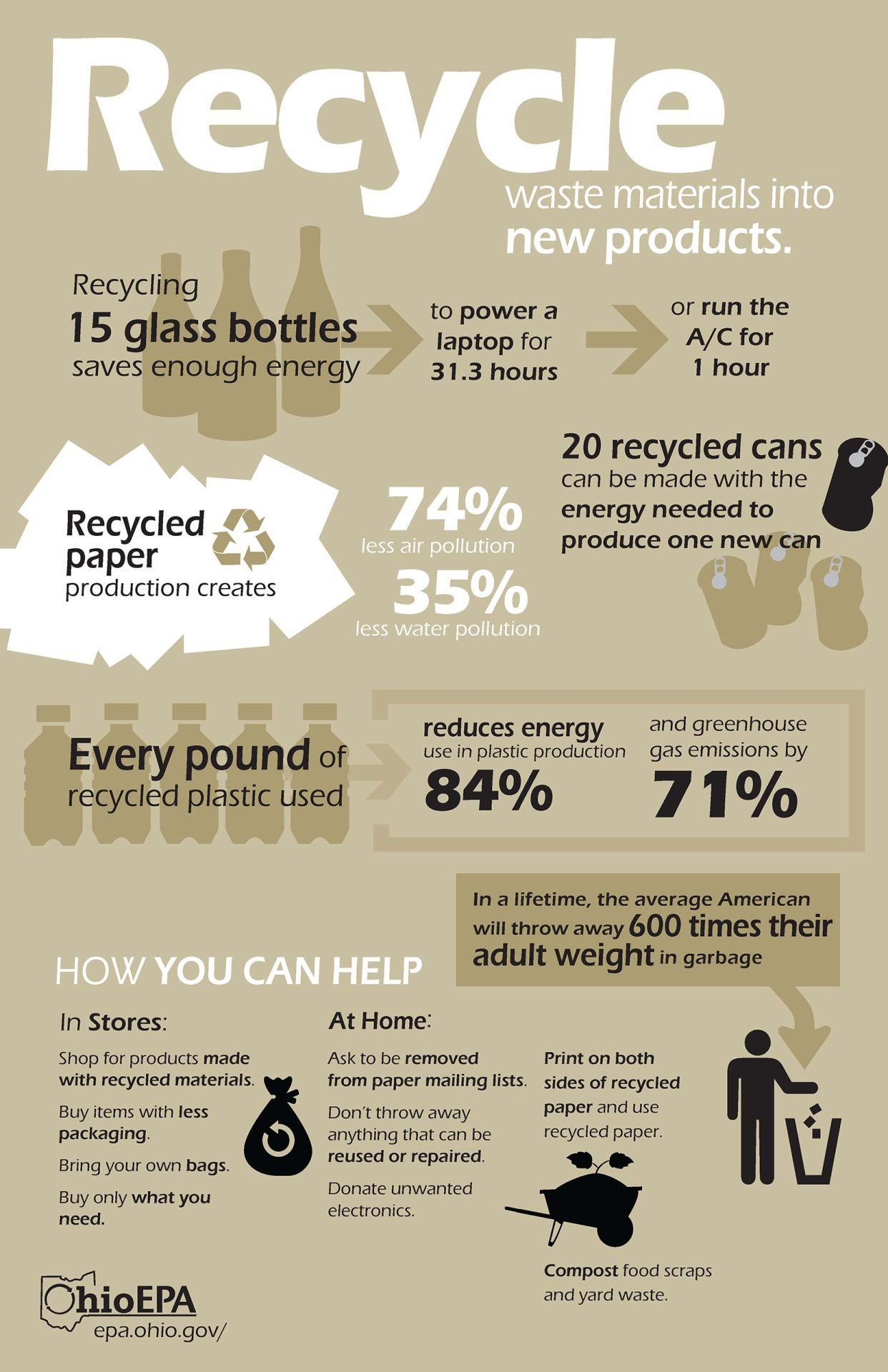ECO-WHIPPETS
Middle School Recycling Club
We are a small, after school club that consists of students in grades 5-8 that meet formally twice a month. We have the desire and energy to change the way our school and society handles waste products, the mindset of our future and to enhance current practices to be more in line with a cleaner future.
Current Eco-Whippet Annual Jobs
- Weekly recycling of tin, aluminum, cardboard, paper, electronics, and plastic products that are used within the school
- Daily sorting of recyclable products
- Keeping up to date with current practices and local guidelines
- Scheduling educational talks and activities in which the whole school may participate.
- Recycle all old markers in the school
- Provide community educational activities such as the local electronics drive
- Make at least one item in our recycling meetings that can contribute to the outside community.
Advisor & Officers
Mrs. Mindy Rowlands, Advisor
Alyssa Reiman
PRESIDENT
This student will be in charge of starting each meeting. This student will keep the meeting in order, follow the agenda given to them by Mrs. Rowlands and add any additional information that may be needed.
Mia Hubert
VICE PRESIDENT
This student will be second in charge of meetings when the President is not present. This student is also in charge of reporting any extra duties that may need added to the school list of needs.
Claire Waffen
COMMUNITY OUTREACH ADVISOR
This student is responsible for filtering through the community concerns. This person is in charge of setting the date and advertising for our annual electronic recycling program in June. They are able to let the community know what we are doing and promote good recycling efforts of recycling to our students’ families.
Landon Patton
TROUBLE-SHOOTING ADVISOR
This officer is in charge of looking at possible areas of trouble. He/she thinks ‘How can this work smoother?” What concerns have teachers and students expressed? They report at each meeting how the weekly recycling roster is working out and who has done really well. They let the club know of any changes that may need to be made to the rotations.
Sharon Frost
COMMUNICATIONS DIRECTOR
Works on the type and quality of posters needed within the school in order to drive the school in the right direction with the thought of resourcefulness and proper recycling techniques. This officer will work hand in hand with the Trouble-shooting officer in order to get the word across all students and staff where our needs are and what needs to be developed better.

How to Pack an Earth-friendly lunch
Did you know that an average student school lunch can generate as much as 67 pounds of waste per year? That puts an average-sized elementary producing up to 18,700 pounds of waste per year. As parents, we pack our children’s lunches in single-use containers, such as, plastic bags, aluminum foil, wax paper, or just pack single serving disposable meals. By changing our packing habits we are able to reduce the number of items in our lunch that must be thrown out.
By mostly using items that can be eaten, reused, recycled, or composted in our packed lunch, we can: Prevent pollution, Conserve natural resources, Save energy, Reduce the need for disposal, and Be an environmental steward and make a difference in your environment and the environment of the future.
Wastefreelunches.org has developed a cost analysis that compares disposable vs. waste-free lunches. On average, packing waste-free lunches can save a family $250 per student per year.
Tips for packing a waste-free lunch
- Pack sandwiches and other main dishes, fresh fruits and, fresh vegetables, and treats in a reusable lunch container or containers
- Pack cloth napkins instead of paper napkins.
- Place stainless steel or wooden utensils (knife, fork, and spoon) in your children’s lunch box.
- Use reusable drink containers for juice, milk or other beverages. If this is not an option, strive to use recyclable containers and encourage your children to back them back home to be recycled.
- Use a lunch box or reusable lunch bag to pack lunch.
When packing a waste-free, very little trash is generated because foods are bought in bulk or in larger packages. The packaging is left at home for reuse or recycling. Food waste also decreases with a reusable lunch container, as children can re-pack uneaten food instead of dumping it, packaging and all, into the school trash can.
Items to AVOID when Packing School Lunches
Below are some commonly found items in school lunches that can be avoided by buying bulk food and repackaging in reusable containers.
- Sandwiches in disposable plastic bags
- Fruits and vegetables in plastic bags
- Prepackaged chips, cookies, fruit bars, granola bars, cheeses, and fruit leathers
- Single-use yogurts, applesauce, and puddings
- Crackers, pretzels, chips, and other snack foods sealed in plastic bags
- Disposable juice boxes, juice pouches, juice cans, water bottles, and milk cartons
- Plastic forks and spoons
- Paper napkins
- Lunches packed in plastic bags
Waste-Free Lunch Resources
Foodprints Calculators
There are many ways to calculate a foodprint. Whichever way you choose, foodprint calculators can help you understand how much your food choices impact the planet.
EPA’s Pack a Waste Free Lunch
Creating Waste Free Menus